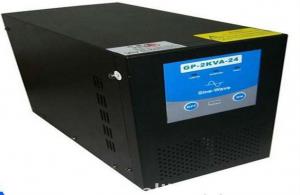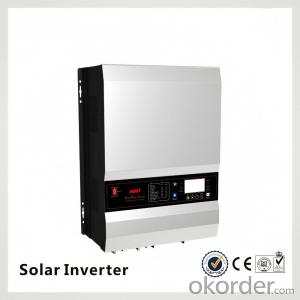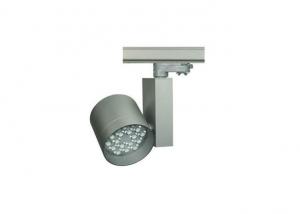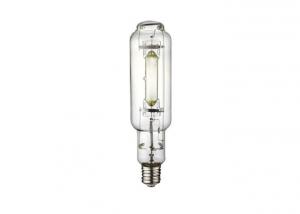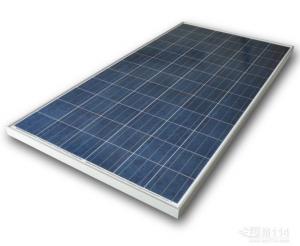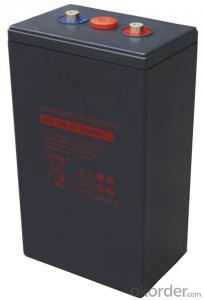Solar 2000 Watt Inverter
Solar 2000 Watt Inverter Related Searches
Solar Power Inverter For Rv Solar Power Kit With Inverter Inverter In Solar Power Plant Best Solar Power Inverter Home Solar Power Inverter Best Off-Grid Solar Inverter Best Off Grid Solar Inverter On Grid Solar Power Inverter Off Grid Solar System Inverter Best Hybrid Solar Inverter UkHot Searches
Best China Solar Inverter Solar Inverter In Dubai Solar Inverter In Saudi Arabia Solar Inverter In Uae Solar Inverter In Kerala Solar Inverter In Nepal Solar Inverter In Burpengary Solar Inverter In Caboolture Solar Inverter In Chennai Solar Inverter In Lebanon China Solar Inverter 3kw 220v China 220v Solar Inverter China 10kva Solar Inverter China Solar Inverter 1000kw China 5000w Solar Inverter China 850va Solar Inverter China Infini Solar Inverter Solar Inverter China Solar Pump Inverter Price Solar Electric Inverter PriceSolar 2000 Watt Inverter Supplier & Manufacturer from China
Okorder.com is a professional Solar 2000 Watt Inverter supplier & manufacturer, offers integrated one-stop services including real-time quoting and online cargo tracking. We are funded by CNBM Group, a Fortune 500 enterprise and the largest Solar 2000 Watt Inverter firm in China.Hot Products
FAQ
- Yes, a solar inverter can be used in grid-tied systems. In fact, it is a crucial component of such systems as it converts the DC power generated by solar panels into AC power that can be fed into the electrical grid.
- Yes, a solar inverter can be used with building-integrated photovoltaics (BIPV). In fact, a solar inverter is an essential component of any BIPV system as it converts the direct current (DC) generated by the BIPV panels into alternating current (AC) that can be used to power electrical devices in a building or fed back into the grid.
- Yes, solar inverters are typically weatherproof and designed to withstand different weather conditions such as rain, snow, and heat. However, it is essential to ensure that the solar inverter is installed correctly and protected from extreme weather conditions to maintain its performance and longevity.
- The maximum output voltage of a solar inverter depends on its design and specifications. Generally, the maximum output voltage can range from 240 to 600 volts for residential inverters, and up to several thousand volts for commercial or utility-scale inverters.
- Yes, a solar inverter can be used in a building-integrated photovoltaic system. The solar inverter is an essential component that converts the DC (direct current) electricity produced by the photovoltaic panels into AC (alternating current) electricity that can be used to power electrical devices and appliances in a building. Therefore, it plays a crucial role in ensuring the seamless integration of solar energy into the building's electrical system.
- To calculate the payback period for a solar inverter, you need to divide the initial cost of the inverter by the annual savings it generates. The payback period is the amount of time it takes for the cumulative savings to equal the initial cost.
- The role of a solar inverter in a residential system is to convert the direct current (DC) electricity produced by the solar panels into alternating current (AC) electricity that can be used to power household appliances and be fed into the electrical grid. It ensures efficient use of solar energy and enables easy integration of solar power into the existing electrical infrastructure of a home.
- To connect a solar inverter to a data monitoring system, you need to follow a few steps. First, ensure that your solar inverter is compatible with a data monitoring system. Next, connect the inverter to a local network, either wired or wireless, depending on the available options. Then, configure the inverter's settings to enable data transmission. Finally, install the required software or app provided by the data monitoring system and use the provided instructions to link the inverter to the monitoring system.

